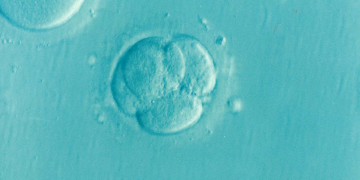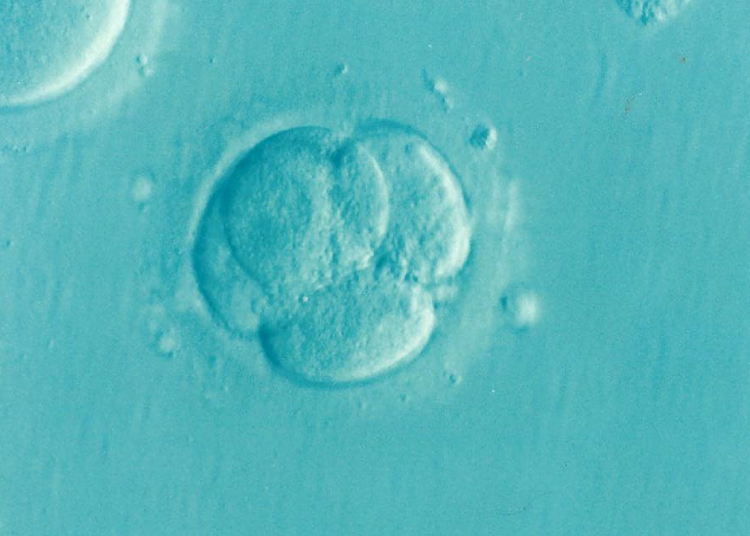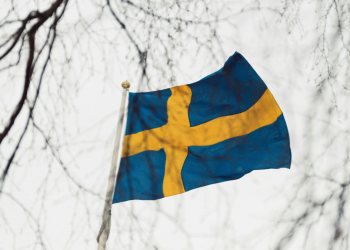Last week’s announcement by the UK’s Human Fertilization and Embryology Authority (HFEA) confirming that “just under five” genetically modified babies have been created by scientists in the UK since the controversial procedures were legalized in 2015 is deeply troubling.
The procedure involves fertilizing two eggs with the father’s sperm, one from the mother-to-be, and one from a donor with healthy mitochondria. The donor egg’s nuclear genetic material is then replaced with that of the parents’ fertilized egg, resulting in a child with DNA from three parents. Because embryos combine the sperm and egg of the biological parents with tiny battery-like structures, called mitochondria, from the donor egg, the resulting child has the DNA of the mother and father, as well as a small amount of genetic material–about 37 genes–from the donor. The process led to the term “three-parent children,” even though more than 99.8 percent of children’s DNA actually comes from the mother and father.
Research on MDT, also known as mitochondrial replacement therapy (MRT), was initiated in the United Kingdom by doctors at the Newcastle Fertility Centre in 2016. The work aimed to help women with mutated mitochondria have children without the risk of passing on genetic diseases. People inherit all mitochondria from their mothers, so harmful mutations in mitochondria–the “batteries” of our cells–can affect all of the woman’s children. It needs to be said clearly: the technique is based on the destruction of two human lives that had inherent dignity and rights, and that must be protected as of their creation as persons, to create a third embryo and a third life. In addition, the procedure separates the child from biological parenting and leads us into the unknown world of genetic engineering with the manipulation of the human genome.




















Discussion about this post